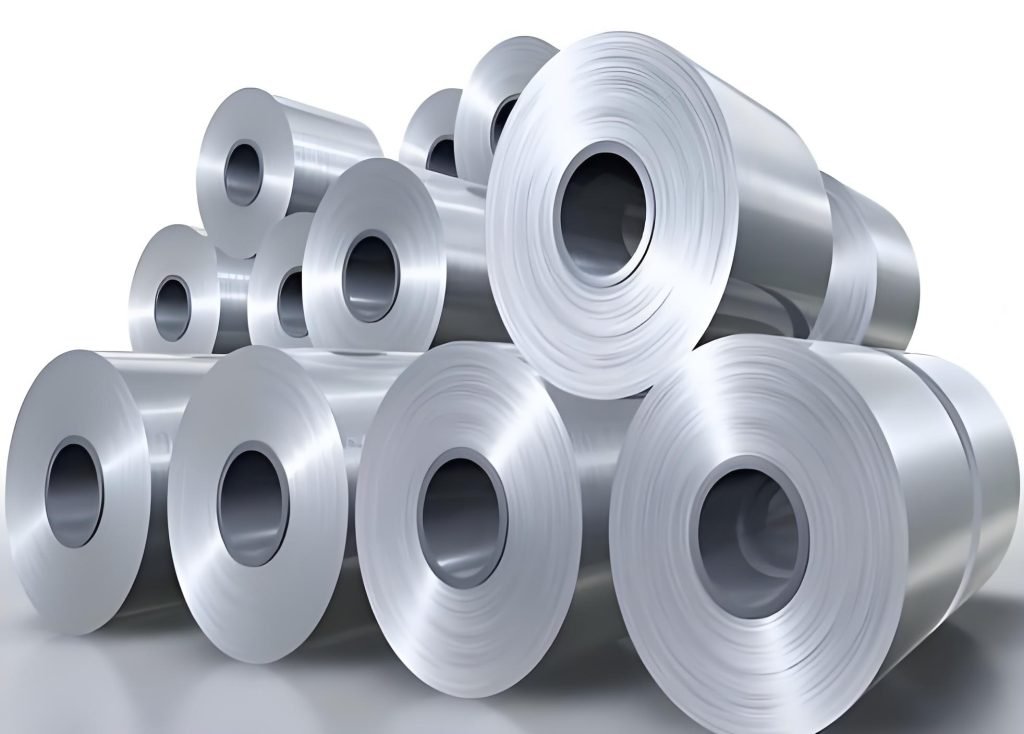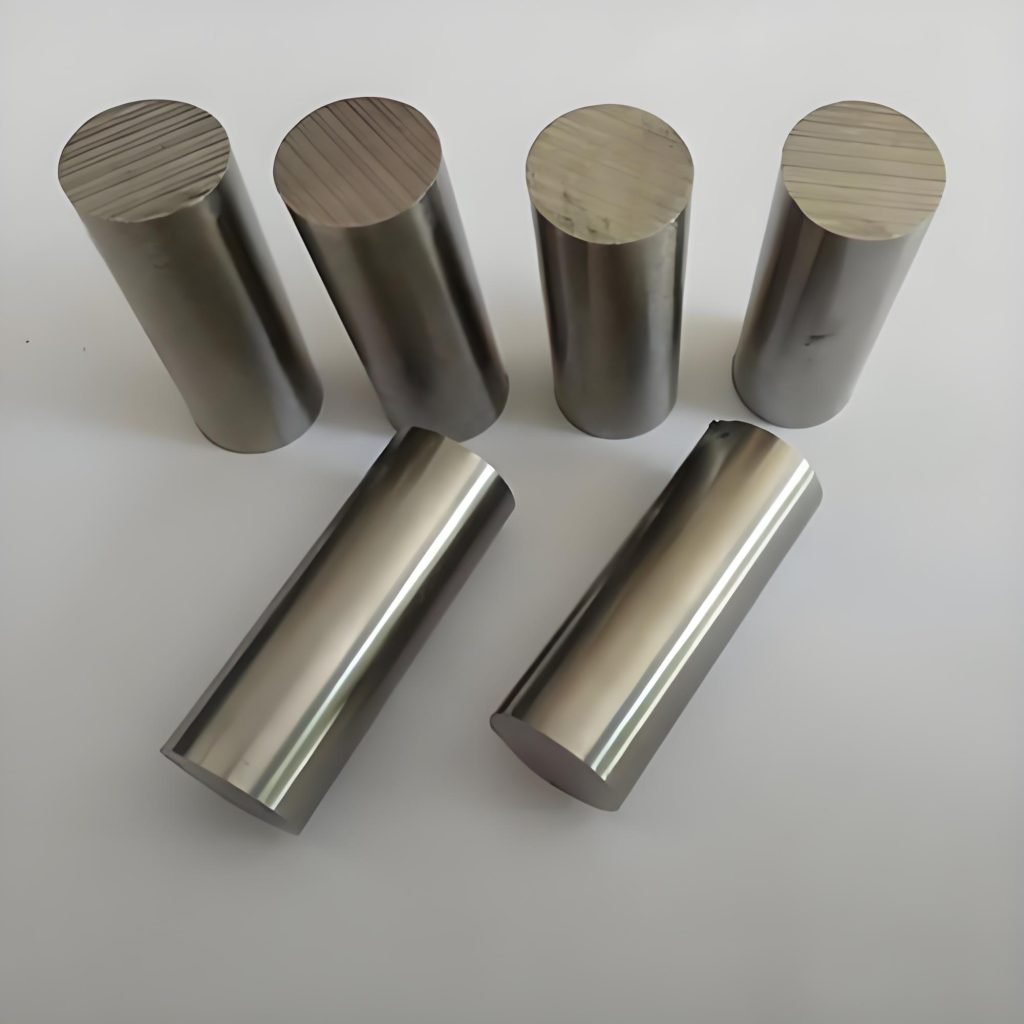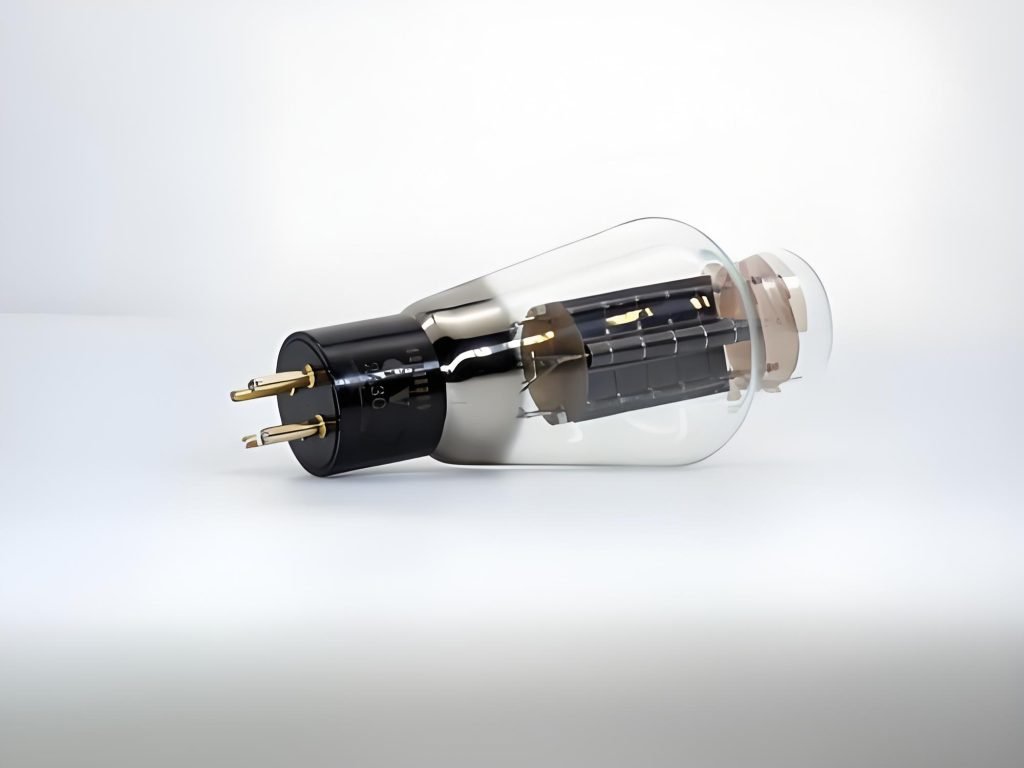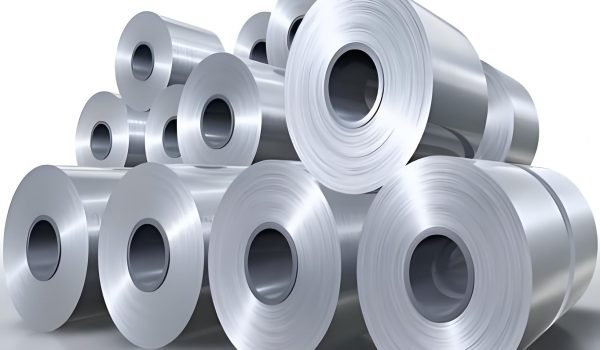Are you struggling to decide between Alloy 42 and Kovar for your electronic component manufacturing needs? Choosing the right material is crucial for optimal performance, quality, and reliability.
Both Alloy 42 and Kovar are popular materials used in electronic components, but they have distinct properties that set them apart. Understanding their differences is key to making an informed decision.
When selecting materials, factors such as thermal expansion and chemical composition play a significant role. In this article, we’ll explore the unique characteristics of Alloy 42 and Kovar, examining their expansion properties and typical applications to help you choose the best alloy for your specific requirements.
Understanding Alloy 42 and Its Properties
When selecting materials for electronic components, understanding the properties of Alloy 42 is crucial. Alloy 42 is a specialized nickel-iron alloy that contains 42% nickel, with the remainder primarily consisting of iron and small amounts of manganese and silicon.

Chemical Composition of Alloy 42
The chemical composition of Alloy 42 is carefully controlled, giving it a low coefficient of thermal expansion (CTE) of approximately 5.2×10-6/K. This precise composition is key to its distinctive properties.
Key Physical and Thermal Properties
Alloy 42 exhibits superior magnetic permeability, making it ideal for applications in electronic equipment and precision measurement instruments. It also has good corrosion resistance, reasonable electrical conductivity, and excellent mechanical stability across a wide temperature range.
Common Applications for Alloy 42
Alloy 42 is commonly used in semiconductor packages, lead frames, glass-to-metal seals, and electronic components where thermal stability is critical. Its low thermal expansion properties make it compatible with ceramics and certain types of glass, allowing for reliable hermetic seals in electronic packaging.
Exploring Kovar Metal and Its Characteristics

In the realm of specialized alloys, Kovar metal holds a unique position. Kovar is an iron-nickel-cobalt alloy that has been engineered for its controlled thermal expansion properties, making it an ideal material for applications requiring precise matching with glass or ceramic components.
Chemical Composition of Kovar
Kovar alloy contains 29% nickel, 17% cobalt, and 54% iron, along with trace amounts of other elements like manganese, silicon, and carbon. This precise composition is crucial for its controlled thermal expansion properties.
Key Physical and Thermal Properties
Kovar is known for its excellent corrosion resistance, high magnetic permeability, and exceptional dimensional stability across varying temperatures. Its coefficient of thermal expansion (CTE) is approximately 4.6×10-6/K, closely matching that of borosilicate glass and certain ceramics.
Common Applications for Kovar
Kovar is predominantly used in applications requiring hermetic seals, such as vacuum tubes, power tubes, microwave tubes, cathode ray tubes, and x-ray tubes. Its ability to create airtight seals with glass and ceramics makes it invaluable in electronic packages where environmental isolation is critical.

Alloy 42 vs Kovar: Key Differences
When deciding between Alloy 42 and Kovar, understanding their key differences is crucial for selecting the right alloy for your specific application needs. The primary differences lie in their chemical composition, thermal expansion properties, corrosion resistance, and magnetic characteristics.
Thermal Expansion Coefficient Comparison
Alloy 42 has a coefficient of thermal expansion (CTE) of 5.2×10/K, slightly higher than Kovar’s CTE of 4.6×10/K. This difference is significant when matching the thermal expansion characteristics of specific glasses or ceramics in your application.
Corrosion Resistance and Durability
Kovar generally offers superior corrosion resistance and durability in harsh environments compared to Alloy 42, making it preferable for applications with exposure to corrosive elements. This is due to Kovar’s composition, which includes cobalt, enhancing its resistance to corrosion.
Magnetic Properties and Performance
The magnetic properties of Alloy 42 and Kovar differ significantly, with Kovar exhibiting stronger magnetic characteristics. This makes Kovar advantageous in certain electronic applications where magnetic properties are critical.
Manufacturing Considerations
When manufacturing components with Alloy 42 and Kovar, several key considerations come into play to ensure optimal performance and reliability. Both alloys are highly machinable, but their distinct properties affect their processing.
Machining and Forming Techniques
Alloy 42 offers better machinability than Kovar due to its lower iron content, making it easier to form into complex shapes like lead frames and semiconductor packages. Kovar, however, requires more specialized machining techniques, especially for intricate electronic components.
Welding and Joining Methods
Alloy 42 can be welded using conventional methods like resistance and inert gas welding. In contrast, Kovar requires specialized processes such as electron beam or laser welding due to its cobalt content. For applications requiring hermetic seals, like vacuum tubes, careful selection of joining methods is crucial.
Cost and Availability Factors
Cost and availability are key considerations when choosing between Alloy 42 and Kovar for your applications. The cost of these alloys varies based on quantity, specifications, and manufacturing processes.
Price Comparison and Market Availability
Alloy 42 is generally less expensive than Kovar due to its simpler composition and lower nickel and cobalt content. Alloy 42 is widely available in various forms, including sheets, bars, and wire, from multiple suppliers, potentially reducing lead times for your components.
Long-term Value and Sustainability
When evaluating the right material for your components, consider not just the initial cost but also the long-term value and sustainability. Kovar’s higher cost may be justified in critical applications where its unique properties are required, while Alloy 42 offers a cost-effective solution for less demanding use cases.
Conclusion: Selecting the Right Alloy for Your Application
Selecting the right alloy for your application depends on several factors, including thermal expansion requirements and the need for hermetic sealing. Alloy 42 is ideal for applications where matching thermal expansion with certain materials is necessary, while Kovar is better suited for applications requiring an airtight seal with glass or ceramics. Consider the specific needs of your components, manufacturing process, and cost constraints to make an informed decision.
FAQ
What are the primary differences between Alloy 42 and Kovar?
The primary differences lie in their chemical composition, thermal expansion properties, and applications. Alloy 42 contains 42% nickel, while Kovar is a nickel-iron-cobalt alloy. Their distinct properties make them suitable for different uses.
What are the typical applications for Alloy 42 and Kovar?
Both alloys are used in electronic components, but Alloy 42 is often used in lead frames and other applications where a low coefficient of thermal expansion is required. Kovar is commonly used in glass-to-metal seals and other applications where its thermal expansion characteristics match those of glass or ceramic.
How do the thermal expansion properties of Alloy 42 and Kovar compare?
Alloy 42 has a lower coefficient of thermal expansion compared to Kovar. This makes Alloy 42 more suitable for applications where dimensional stability is critical over a range of temperatures.
Are Alloy 42 and Kovar resistant to corrosion?
Both alloys have some level of corrosion resistance, but their performance can vary depending on the environment. Kovar, for instance, can be more prone to corrosion in certain conditions due to its cobalt content.
Can Alloy 42 and Kovar be machined and welded?
Yes, both alloys can be machined and welded using appropriate techniques. However, their specific properties, such as hardness and thermal conductivity, may require specialized machining and welding methods.
What factors should be considered when choosing between Alloy 42 and Kovar for a specific application?
When choosing between these alloys, consider factors such as the required thermal expansion properties, corrosion resistance, magnetic properties, and the specific requirements of your application, including cost and availability.




